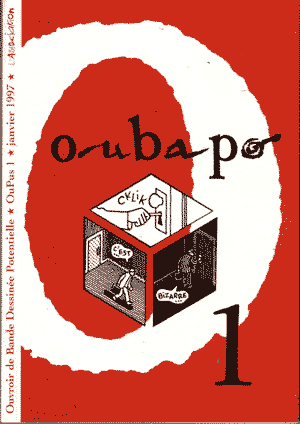I’m such a dunce when it comes to Science Fiction. But lately I’ve found that reading the NY Times science pages–or books on String Theory or The Singularity–gives me so many more ideas for stories and comics. Why is this?
Then I came across a great Vonnegut essay about science fiction. He says the best way to get labelled a science fiction writer “is to notice technology”:
The feeling persists that no one can simultaneously be a respectable writer and understand how a refrigerator works, just as no gentleman wears a brown suit in the city. Colleges may be to blame. English majors are encouraged, I know, to hate chemistry and physics, and to be proud because they are not dull and creepy and humorless and war-oriented like the engineers across the quad.
He came into science fiction by accident, observing the small-town GE plant he worked in, full of machines. “I supposed that I was writing a novel about life,” he writes, “about things I could not avoid seeing and hearing in Schenectady, a very real town, awkwardly set in the gruesome now.”


 OuBaPo
OuBaPo